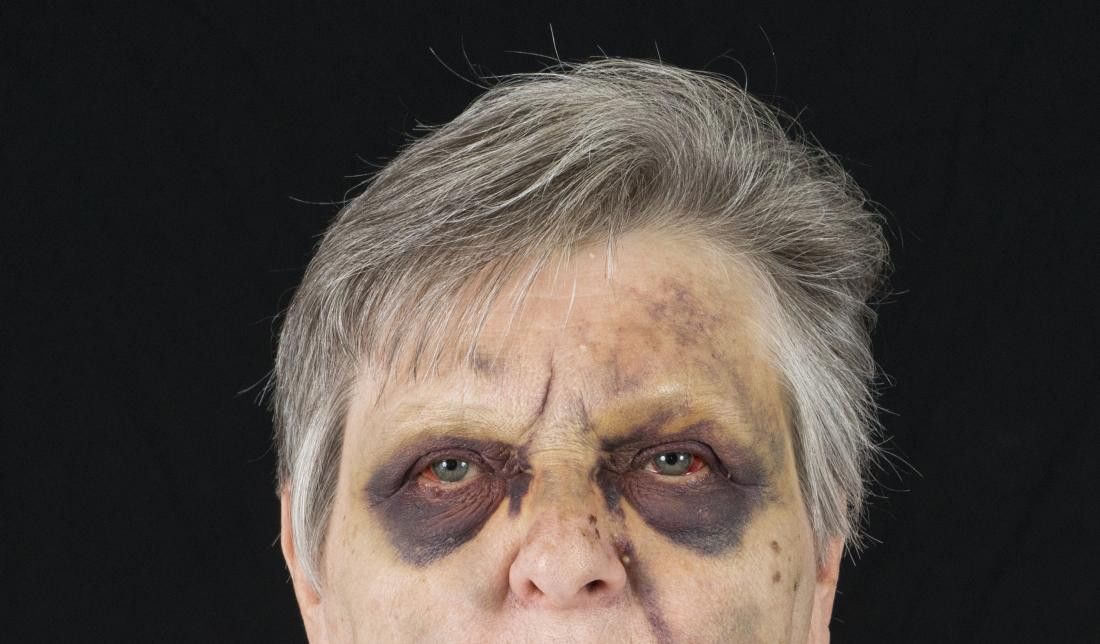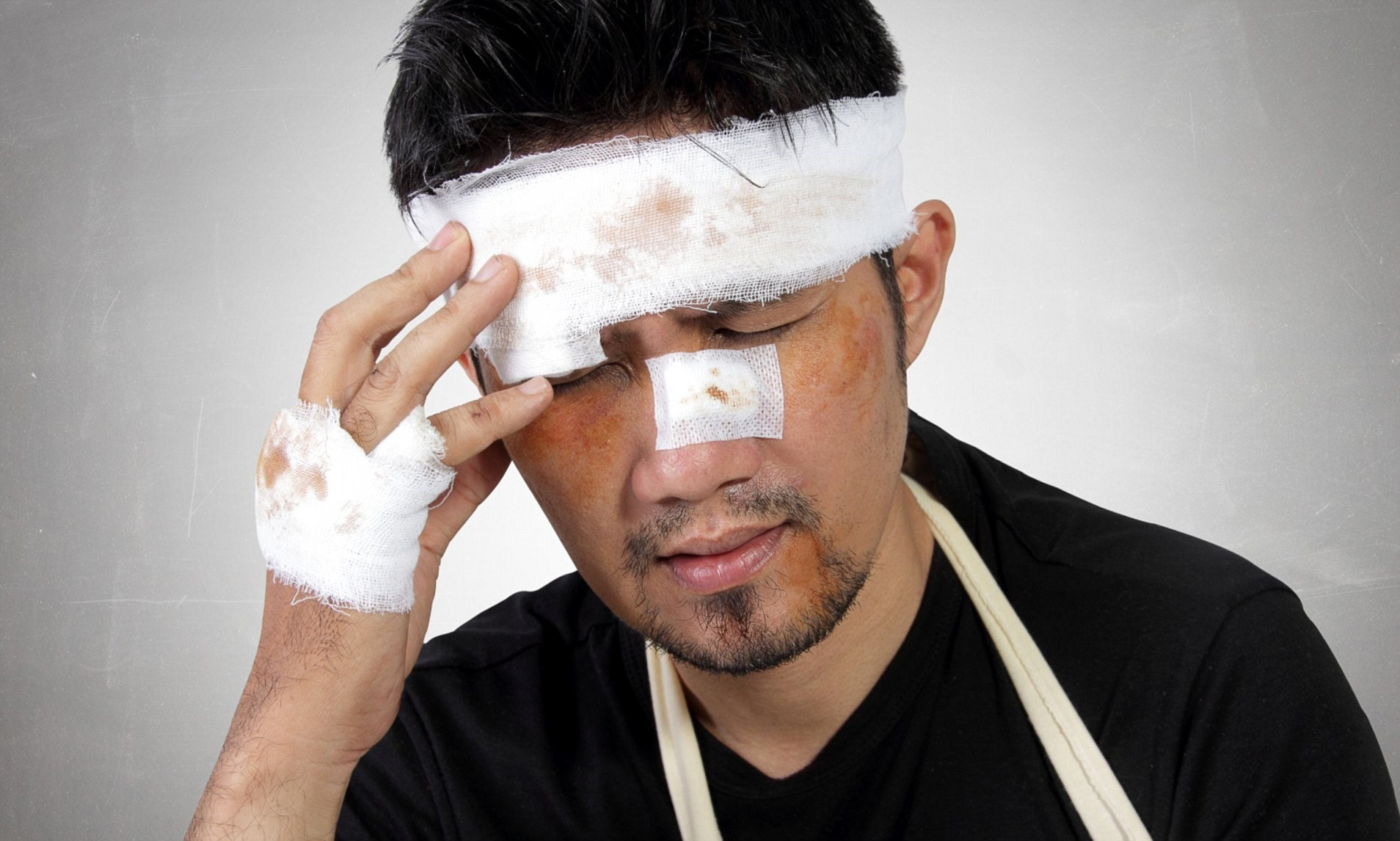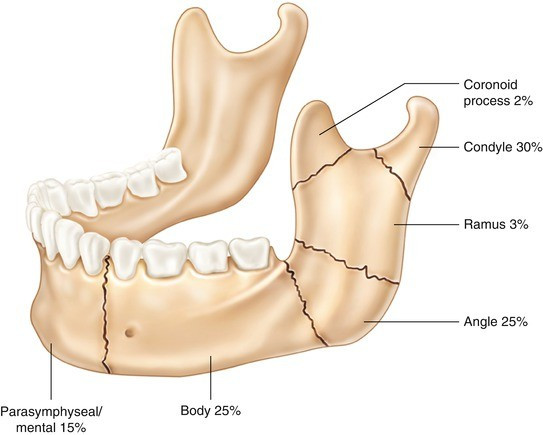Definition
A basilar skull fracture, also known as a basilar fracture, occurs when the bones at the base of the skull are broken. This type of fracture affects at least one of the bones that form the base of the skull, often involving the temporal bones located on the sides of the skull but can also affect other bones. These fractures are relatively rare, usually occurring in young individuals, and account for about 4% of all serious head injuries. Basilar skull fractures make up 19-21% of all skull fractures.
Causes
Basilar skull fractures are most commonly caused by high-speed blunt trauma, such as motor vehicle accidents, motorcycle collisions, and pedestrians being struck by vehicles. Other causes can include falls and physical violence. These fractures are often associated with other head injuries, such as epidural hematoma, which is bleeding outside the membrane covering the brain (dura), due to the proximity of blood vessels. Additionally, these fractures can be linked to central nervous system injuries (brain and spinal cord) and neck fractures.
Risk factor
The primary risk factor for basilar skull fractures is young age, as young people tend to engage in high-risk activities. These activities may include driving vehicles at high speeds or participating in high-risk sports.
Symptoms
Basilar skull fractures are the most fatal type of skull fracture. Symptoms depend on the injury to the brain and nerves located near the skull base. Some symptoms can be directly observed, such as clear fluid leaking from the nose and/or ears. This fluid is not regular mucus but cerebrospinal fluid (CSF), which functions to deliver oxygen and other nutrients to the brain and spinal cord. This leakage occurs due to the fracture at the skull base.
Other symptoms may include dizziness, ringing in the ears, hearing loss, double vision, facial paralysis on one side, decreased consciousness, nausea, and vomiting.
Additionally, other signs can include blue-black rings around both eyes, known as raccoon eyes. These rings result from bleeding caused by the fracture. The blue-black discoloration can also appear behind the ears, known as Battle’s sign. Both signs typically emerge around 1-3 days after the trauma.
Diagnosis
Basilar skull fractures are usually diagnosed through physical examination and imaging studies. Direct physical examinations may include cranial nerve assessments, such as testing the sense of smell, eye and vision functions, facial and tongue muscle movements, hearing, and balance. Ear examination can reveal bleeding inside the eardrum, causing it to appear swollen and purple. Additionally, if clear or reddish fluid is leaking from the nose or ears, it will form a ring when it falls onto paper or linen, indicating a mix of cerebrospinal fluid and blood.
Laboratory tests may include a complete blood count, blood chemistry, and liver and kidney function tests. Tetanus immunity levels may also be checked due to the open fracture risk. Fluid leaking from the nose or ears can be collected and analyzed to determine if it is regular mucus or cerebrospinal fluid.
Imaging studies, such as CT scans, are often used because they quickly detect various fracture sizes, from small to large. CT scans can also reveal free air in the cranial cavity, indicating an open fracture to the outside environment. For more stable patients, magnetic resonance imaging (MRI) can be performed to look for damage to cranial nerves, the brain, and the spinal cord.
Management
Basilar skull fractures typically result from trauma, so initial trauma care is crucial. If you encounter someone with a head injury, possibly accompanied by unconsciousness or seizures, ensure the surroundings are safe before calling for help. Also, keep the person's head and neck immobile, as head injuries often accompany neck fractures.
The primary priorities in trauma are airway clearance, breathing stabilization, and circulation. To maintain an open airway without moving the head and neck, perform the jaw thrust maneuver by pushing the lower jaw forward and upward. Medical personnel usually secure the neck with a collar to prevent movement.
Subsequent treatment depends on the observed abnormalities. Patients on blood thinners will be closely monitored due to a high risk of spontaneous bleeding. Surgery may be necessary for intracranial bleeding that compresses the brain. Since basilar skull fractures increase the risk of meningitis, especially with cerebrospinal fluid leakage, antibiotics may be administered to prevent infection. Tetanus vaccination can also be given to prevent tetanus.
Patients with basilar skull fractures require close monitoring and will typically be hospitalized for several days. Cerebrospinal fluid leakage usually stops spontaneously within 5-10 days and the risk of meningitis increases with prolonged leakage. Hearing loss generally improves within 1-3 weeks.
Complications
Common complications of basilar skull fractures include cerebrospinal fluid leakage and meningitis. Other complications depend on the affected cranial nerves, which can cause anosmia (loss of smell), double vision from eye muscle imbalance, hearing loss, vertigo (spinning dizziness), and facial paralysis. Severe complications can include blood vessel blockages near the brain, intracranial bleeding compressing the brain, new blood vessel formation, vessel wall thinning, and death.
Prevention
Basilar skull fractures can be prevented by prioritizing safety while driving, walking along roadsides, and participating in sports. Wearing helmets while cycling or riding motorcycles can protect the head from serious injuries. Pedestrians should walk on designated areas such as sidewalks, crosswalks, and pedestrian bridges to reduce the risk of being struck. Using head protection during high-risk activities or sports can also prevent serious head injuries.
When to see a doctor?
Seek immediate medical attention if you or someone nearby has suffered a head injury from an accident, especially if there was a brief loss of consciousness, seizures, or numbness/paralysis in any body part. Clear or reddish fluid from the nose or ears after a head injury, as well as raccoon eyes and purple bruises behind the ears, are warning signs that warrant a doctor visit. These symptoms may indicate serious internal head injuries, including basilar skull fractures.
Looking for more information about diseases in other nerves? Click here!
- dr. Yuliana Inosensia
Johns Hopkins Medicine (2021). Head Injury. Retrieved 10 December 2021, from https://www.hopkinsmedicine.org/health/conditions-and-diseases/head-injury
Qureshi, N. (2018). Skull Fracture: Practice Essentials, History of the Procedure, Problem. Retrieved 10 December 2021, from https://emedicine.medscape.com/article/248108-overview
Simon, L., & Newton, E. (2018). Basilar Skull Fractures. Retrieved 10 December 2021, from https://www.ncbi.nlm.nih.gov/books/NBK470175/












